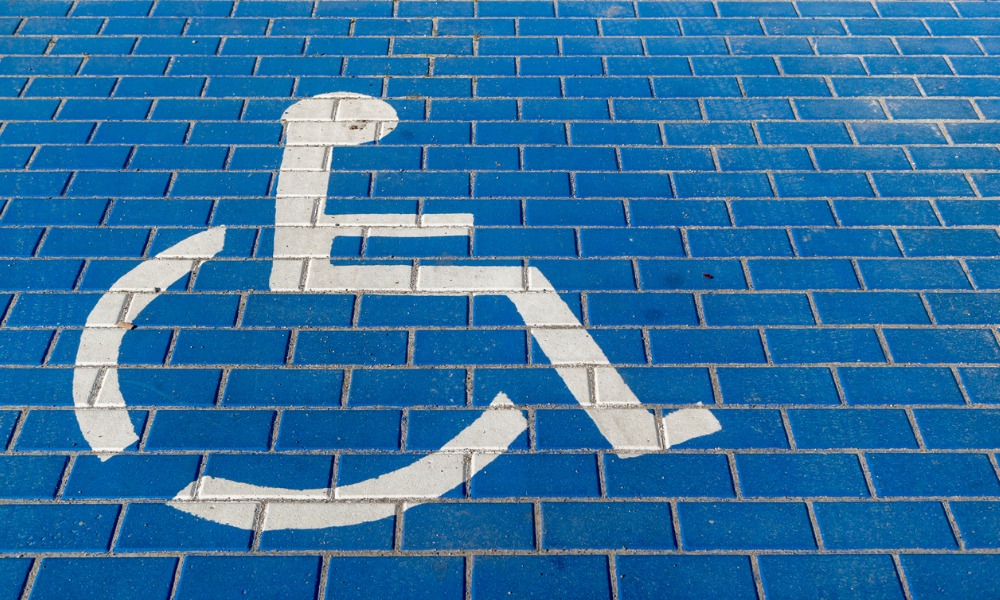
Resources about how to hire persons with disabilities available to employers

The federal government is encouraging small- and medium-sized businesses to hire persons with disabilities via a new advertising campaign.
Called Inclusive Workplaces, the campaign highlights how persons with disabilities can bring a broader range of experiences and skills in the workplace. By tapping into this employment pool, employers can fill their hiring needs, according to the government.
"Workers with disabilities make innovative and unique contributions to workplaces across Canada. They are key to helping us grow our economy and making communities more resilient,” said Randy Boissonnault, minister of employment, workforce development and official languages.
“That's why our government is working with employers to create a barrier-free Canada to build workplaces that are fair and free of physical, societal and attitudinal obstacles. Together, we are paving the way for economic growth that empowers all persons with disabilities to succeed as we build an economy that works for everyone."
People with disabilities can “add such a different dynamic to the organization,” one expert said in a previous HRD report.
The campaign highlights Ottawa’s repository of information, tools and resources about how to hire persons with disabilities and how to create inclusive workplaces.
It includes:
Ottawa is doing the advertising campaign via social media, the web, podcasts and radio.
"When workplaces become more accessible, we all win. By continuing the Inclusive Workplaces campaign, our government is taking another step in making our country and its workplaces more inclusive for persons with disabilities,” said Kamal Khera, minister of diversity, inclusion and persons with disabilities.
About 8 million Canadians – or 27% – of Canadians aged 15 and over report having a disability that limits them in their daily activities, according to the 2022 Canada Survey on Disability, according to the government. And 30.4% of persons with a disability are not in the labour force.
Also, workers with disabilities faced a 21.4% pay gap when compared with those without disabilities: persons with disabilities earn 79 cents to every dollar earned by persons without disabilities, according to Statistics Canada (StatCan).
“I encourage all Canadians to join me in raising awareness about accessibility and disability inclusion in their own communities and workplaces,”said Khera. “I also encourage employers to learn more about the support and resources available for creating more accessible workplaces and enhancing the hiring and retention of employees with disabilities."
Here’s how to be more inclusive of people with disabilities in the workplace, according to Julie Kratz, chief engagement officer at Next Pivot Point: